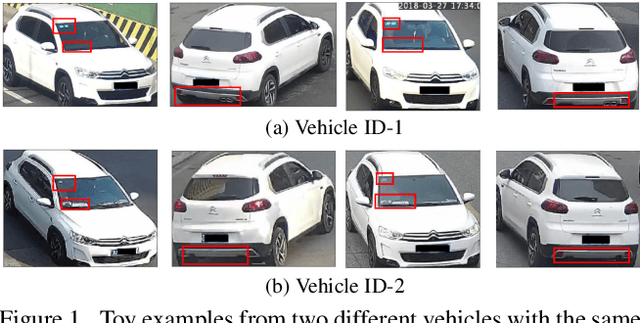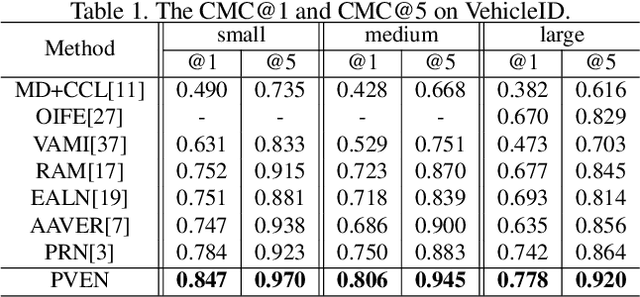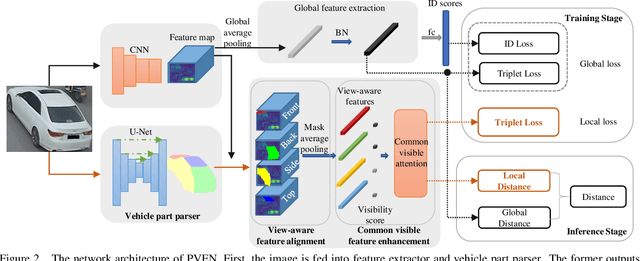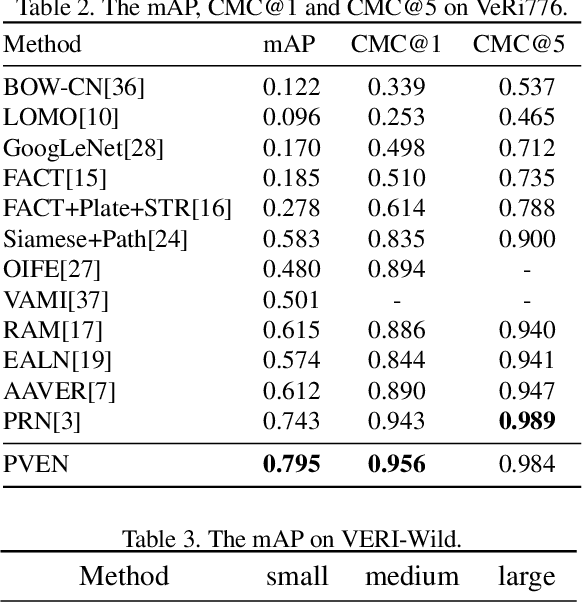Shijie Yang
University of Chinese Academy of Sciences, Key Lab of Intell. Info. Process., Inst. of Comput. Tech., Chinese Academy of Sciences
AutoLUT: LUT-Based Image Super-Resolution with Automatic Sampling and Adaptive Residual Learning
Mar 03, 2025Abstract:In recent years, the increasing popularity of Hi-DPI screens has driven a rising demand for high-resolution images. However, the limited computational power of edge devices poses a challenge in deploying complex super-resolution neural networks, highlighting the need for efficient methods. While prior works have made significant progress, they have not fully exploited pixel-level information. Moreover, their reliance on fixed sampling patterns limits both accuracy and the ability to capture fine details in low-resolution images. To address these challenges, we introduce two plug-and-play modules designed to capture and leverage pixel information effectively in Look-Up Table (LUT) based super-resolution networks. Our method introduces Automatic Sampling (AutoSample), a flexible LUT sampling approach where sampling weights are automatically learned during training to adapt to pixel variations and expand the receptive field without added inference cost. We also incorporate Adaptive Residual Learning (AdaRL) to enhance inter-layer connections, enabling detailed information flow and improving the network's ability to reconstruct fine details. Our method achieves significant performance improvements on both MuLUT and SPF-LUT while maintaining similar storage sizes. Specifically, for MuLUT, we achieve a PSNR improvement of approximately +0.20 dB improvement on average across five datasets. For SPF-LUT, with more than a 50% reduction in storage space and about a 2/3 reduction in inference time, our method still maintains performance comparable to the original. The code is available at https://github.com/SuperKenVery/AutoLUT.
Parsing-based View-aware Embedding Network for Vehicle Re-Identification
Apr 10, 2020



Abstract:Vehicle Re-Identification is to find images of the same vehicle from various views in the cross-camera scenario. The main challenges of this task are the large intra-instance distance caused by different views and the subtle inter-instance discrepancy caused by similar vehicles. In this paper, we propose a parsing-based view-aware embedding network (PVEN) to achieve the view-aware feature alignment and enhancement for vehicle ReID. First, we introduce a parsing network to parse a vehicle into four different views, and then align the features by mask average pooling. Such alignment provides a fine-grained representation of the vehicle. Second, in order to enhance the view-aware features, we design a common-visible attention to focus on the common visible views, which not only shortens the distance among intra-instances, but also enlarges the discrepancy of inter-instances. The PVEN helps capture the stable discriminative information of vehicle under different views. The experiments conducted on three datasets show that our model outperforms state-of-the-art methods by a large margin.
State-Relabeling Adversarial Active Learning
Apr 10, 2020



Abstract:Active learning is to design label-efficient algorithms by sampling the most representative samples to be labeled by an oracle. In this paper, we propose a state relabeling adversarial active learning model (SRAAL), that leverages both the annotation and the labeled/unlabeled state information for deriving the most informative unlabeled samples. The SRAAL consists of a representation generator and a state discriminator. The generator uses the complementary annotation information with traditional reconstruction information to generate the unified representation of samples, which embeds the semantic into the whole data representation. Then, we design an online uncertainty indicator in the discriminator, which endues unlabeled samples with different importance. As a result, we can select the most informative samples based on the discriminator's predicted state. We also design an algorithm to initialize the labeled pool, which makes subsequent sampling more efficient. The experiments conducted on various datasets show that our model outperforms the previous state-of-art active learning methods and our initially sampling algorithm achieves better performance.
 Add to Chrome
Add to Chrome Add to Firefox
Add to Firefox Add to Edge
Add to Edge